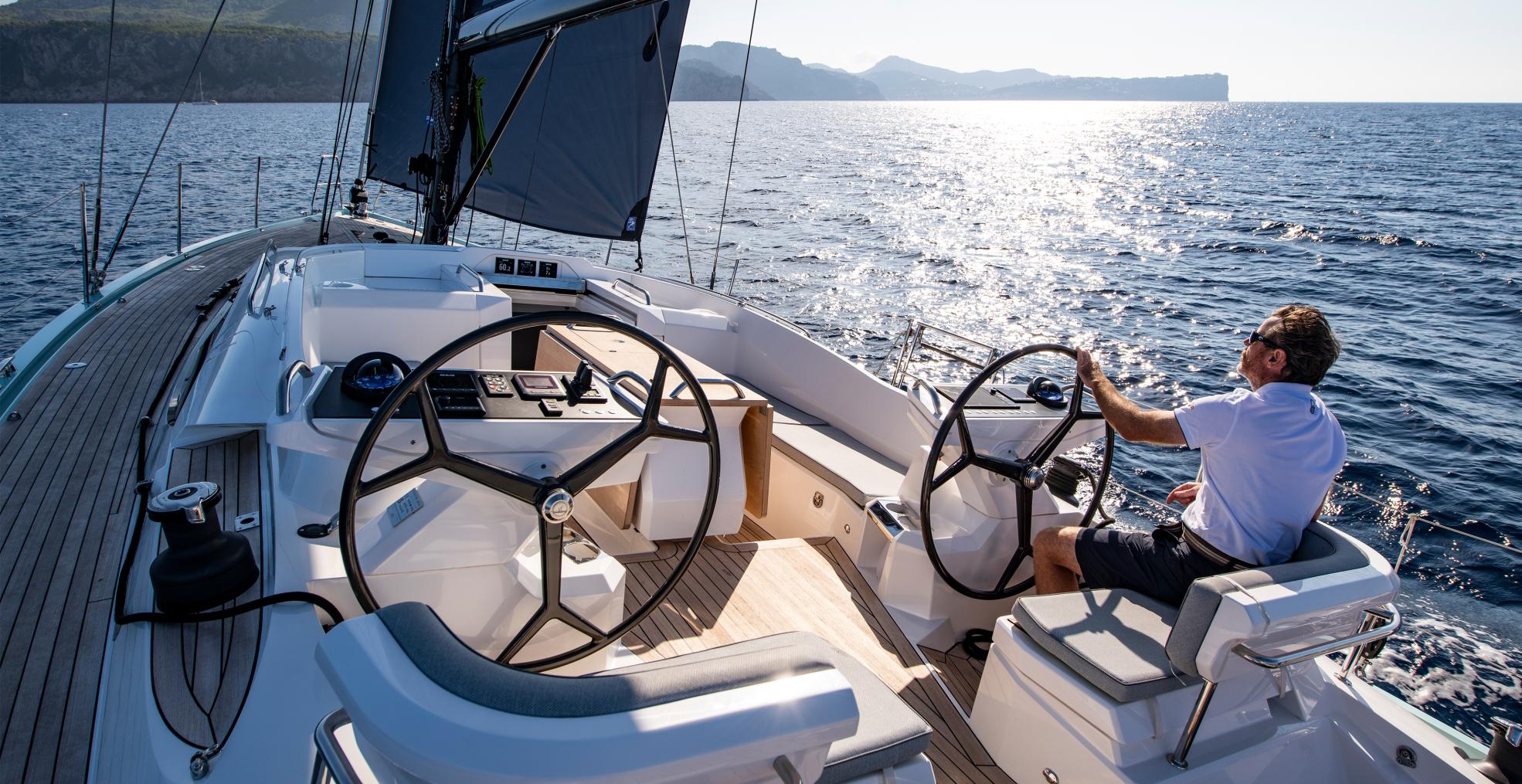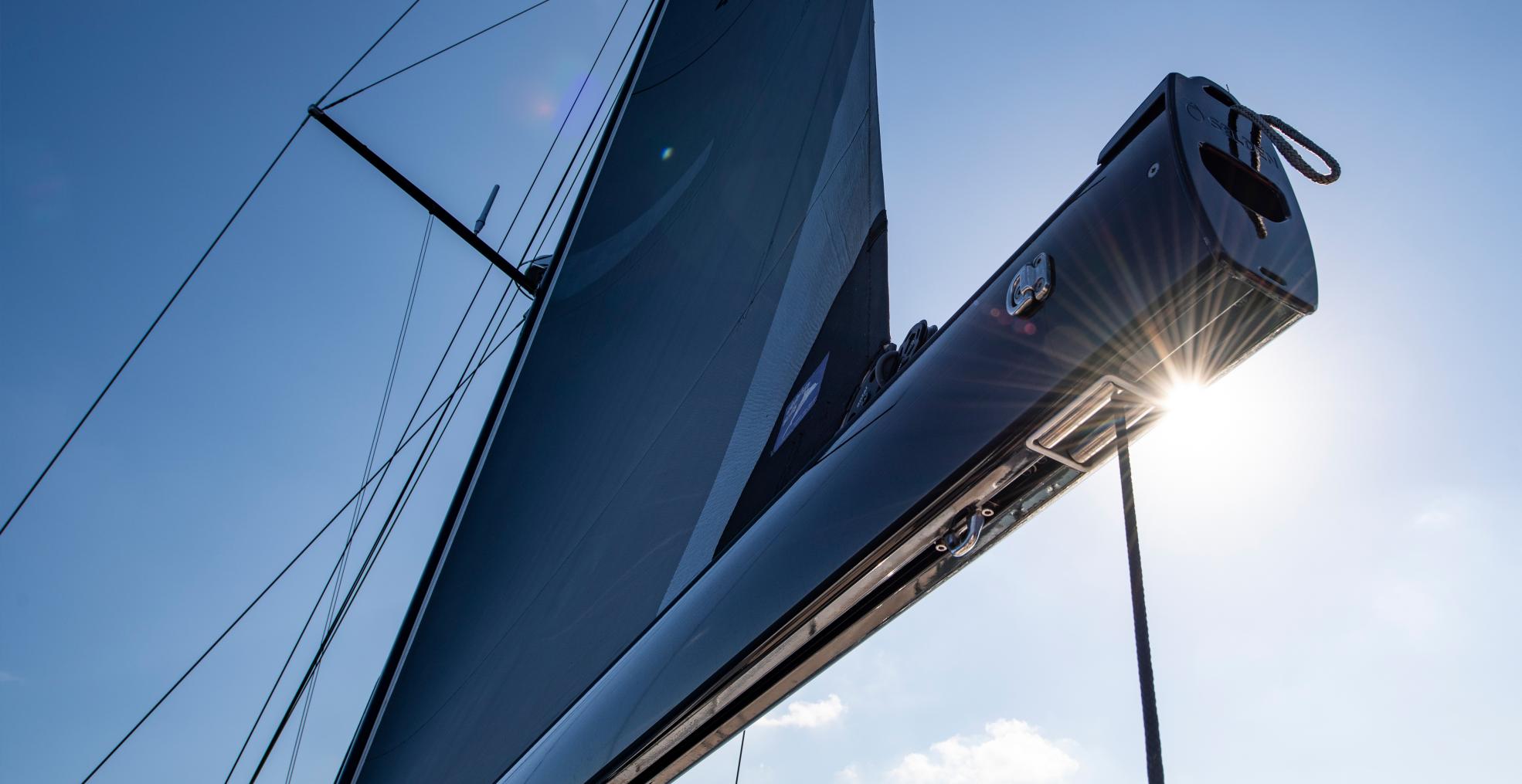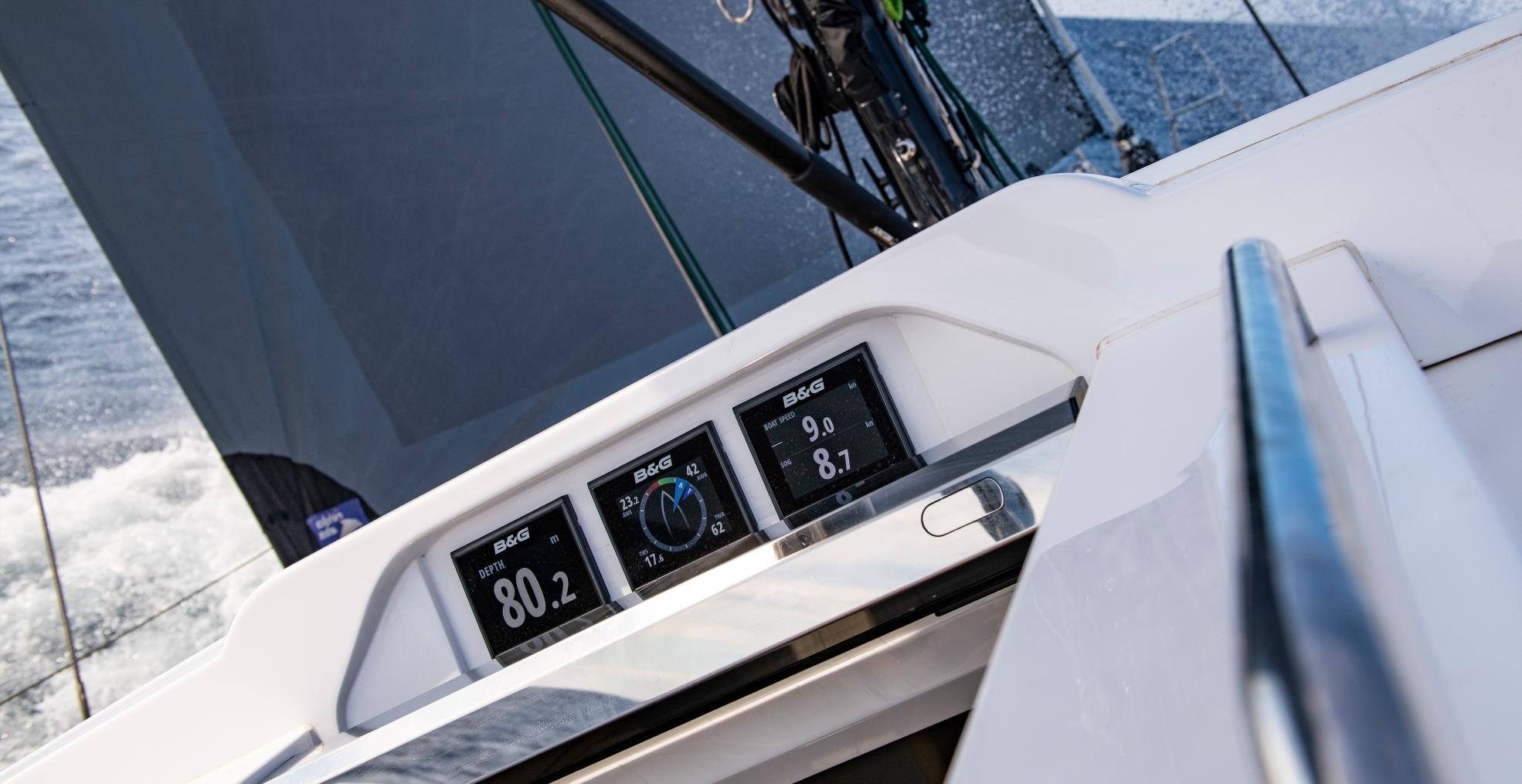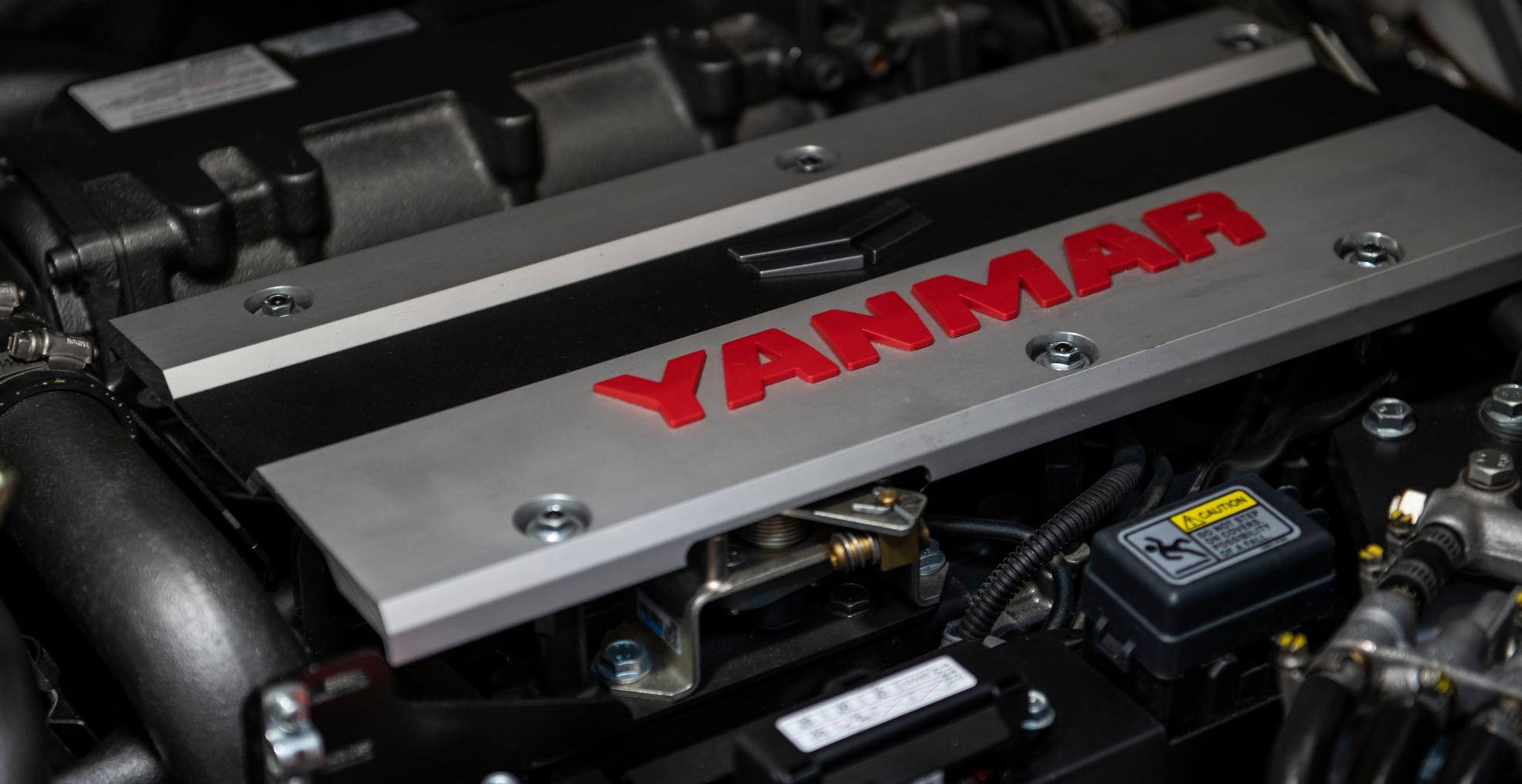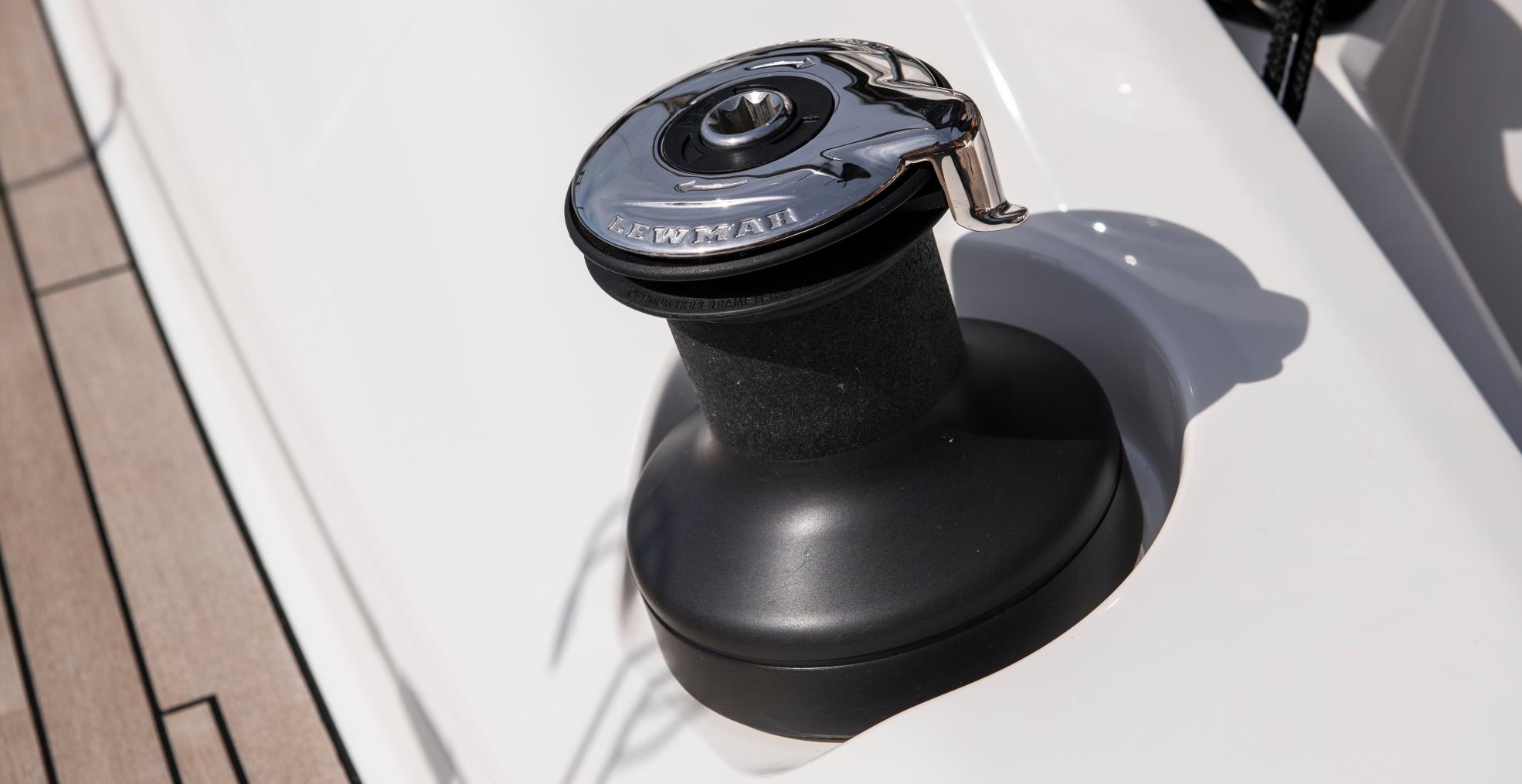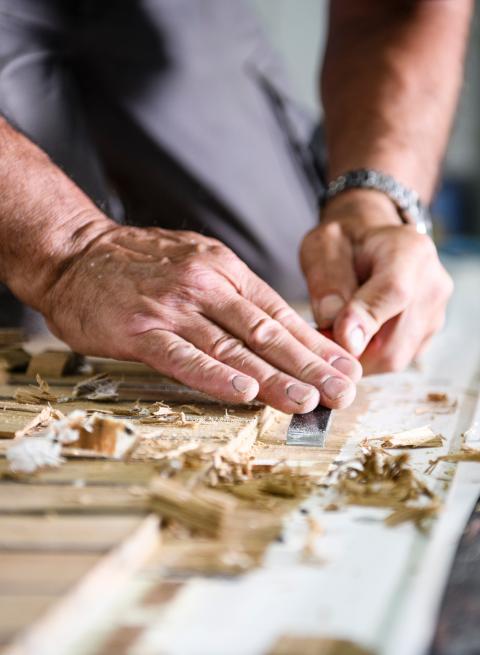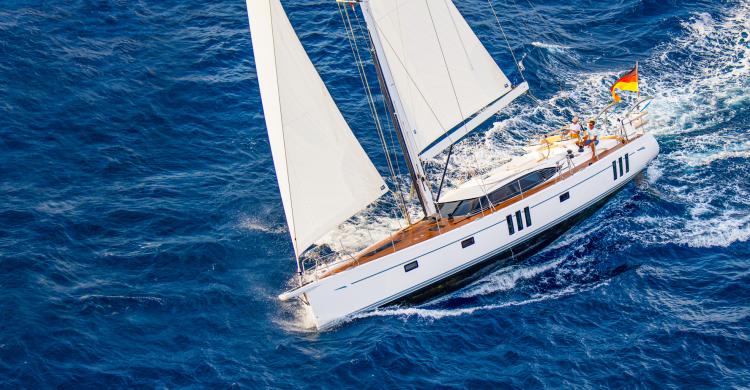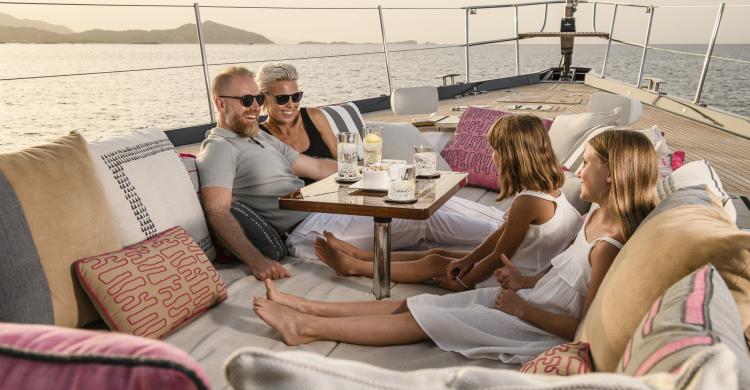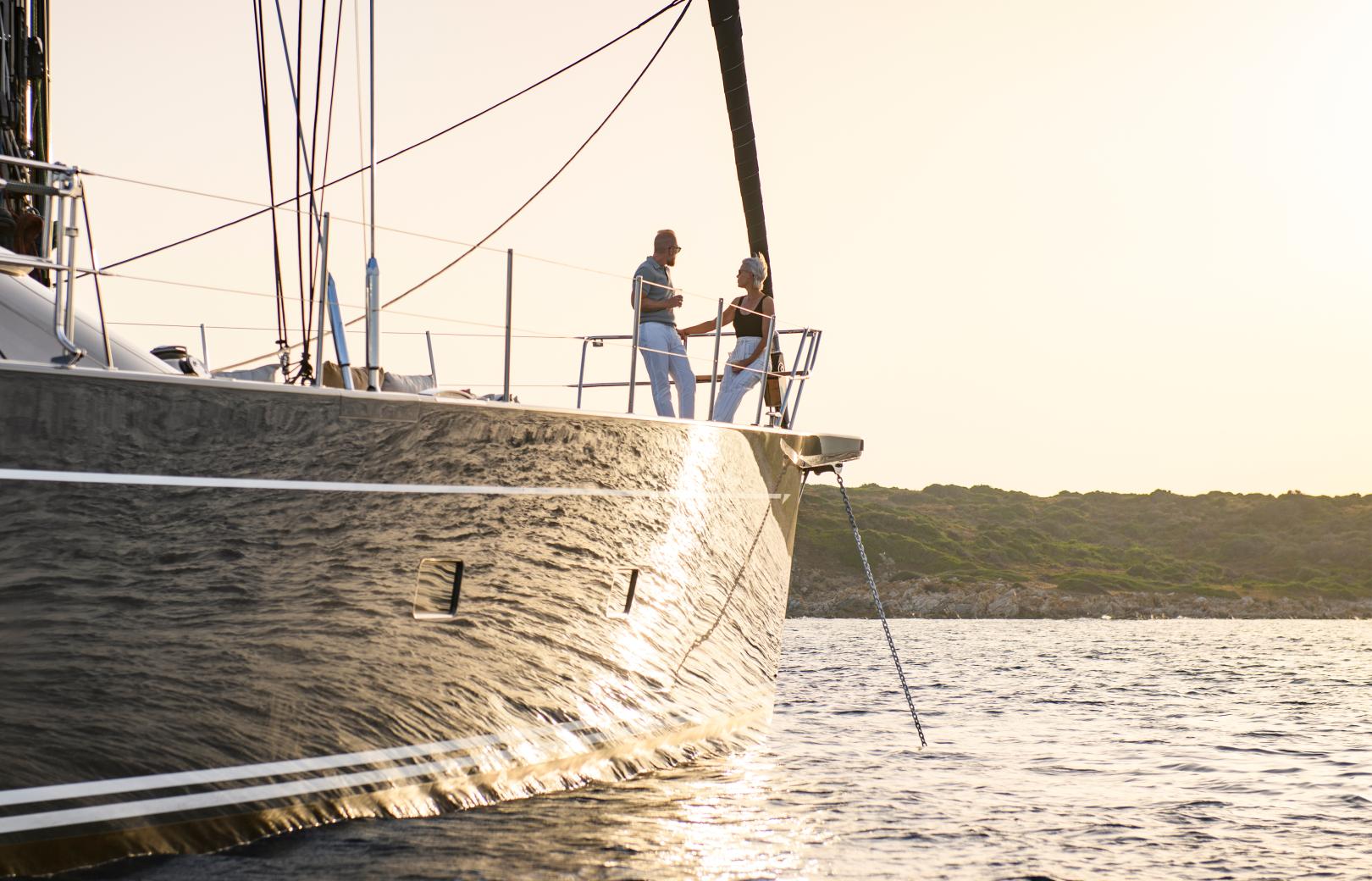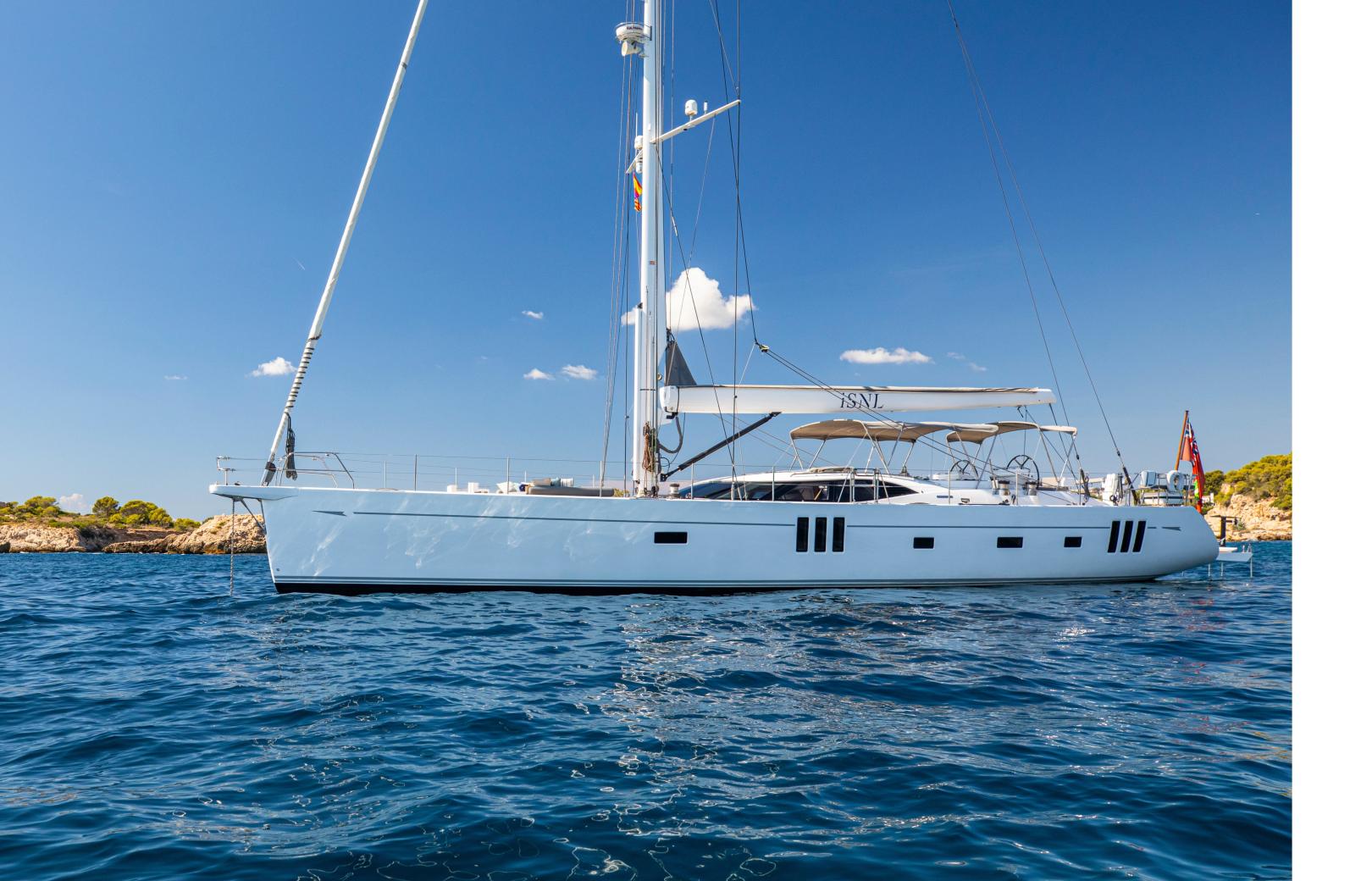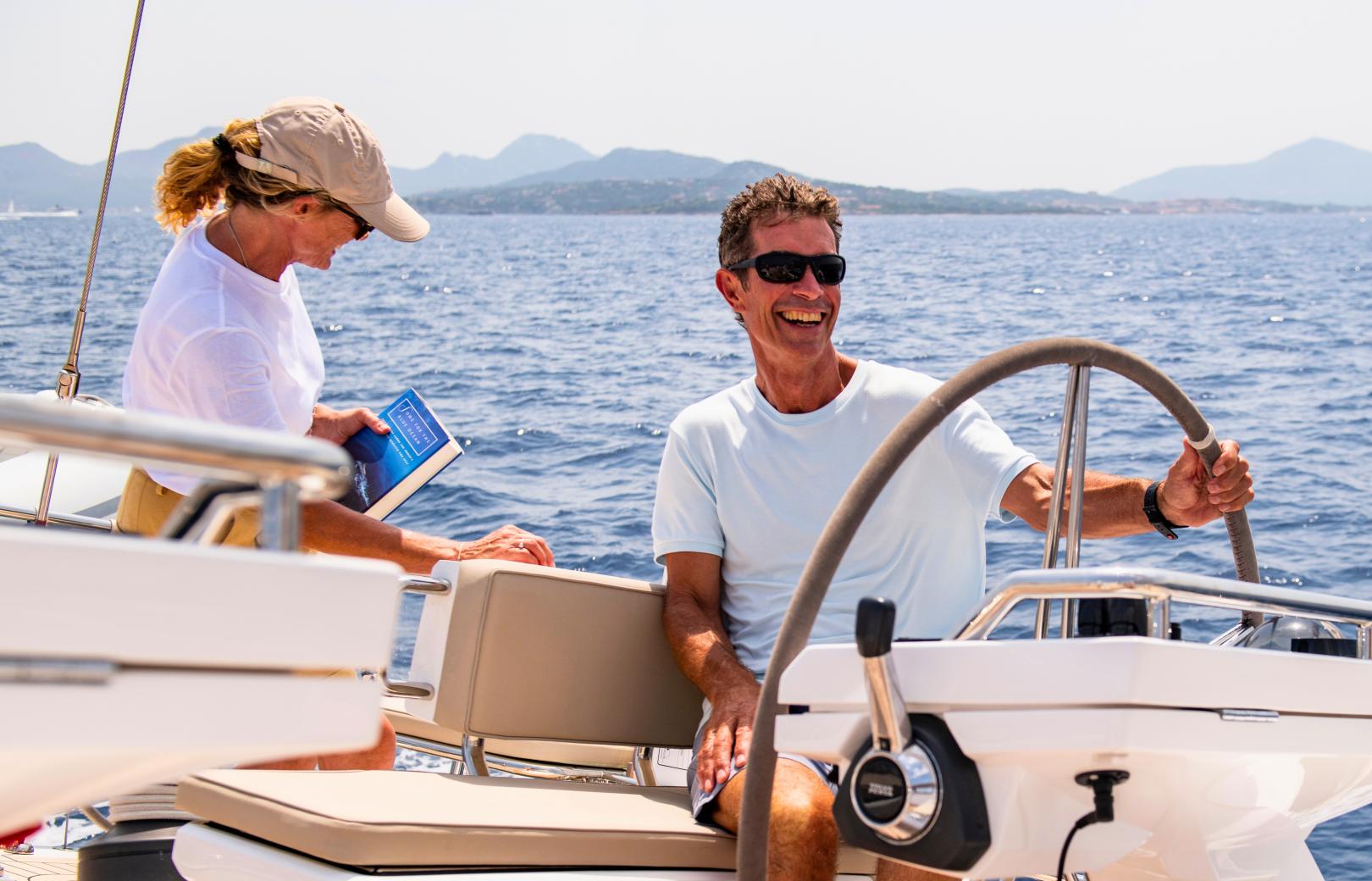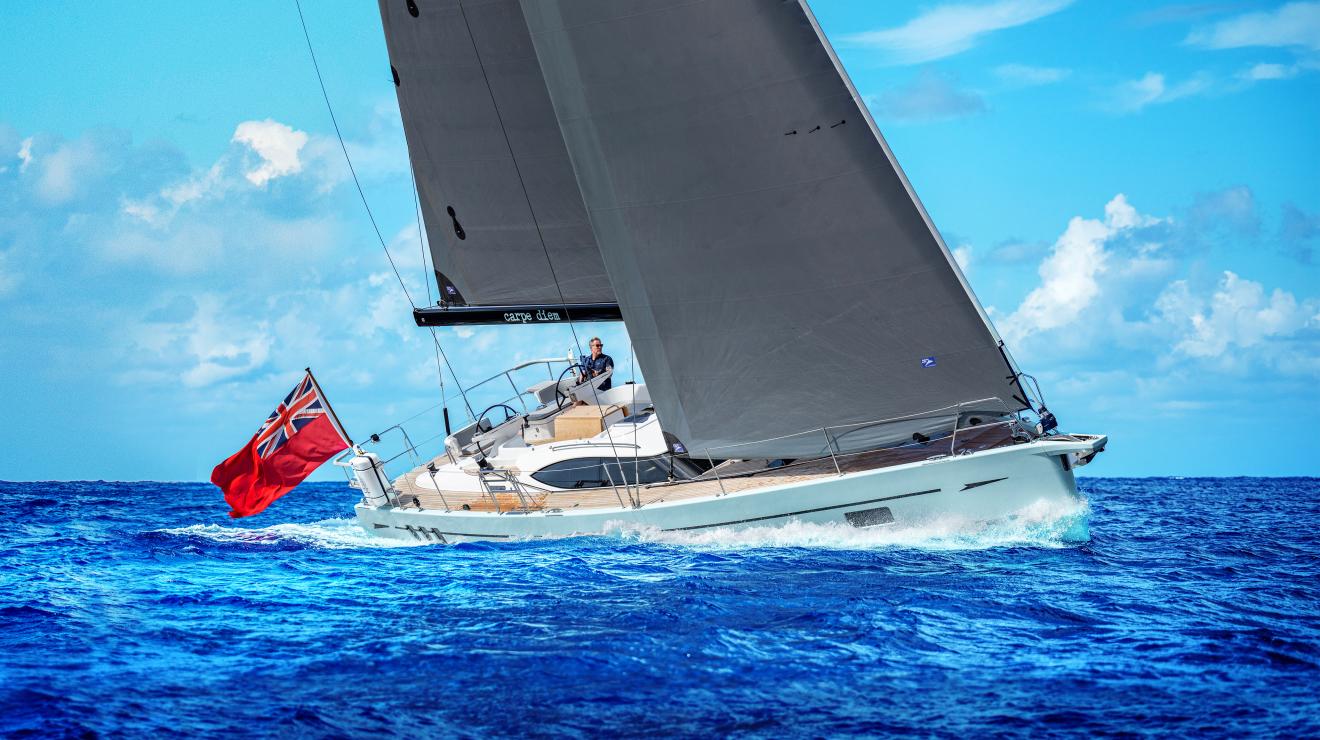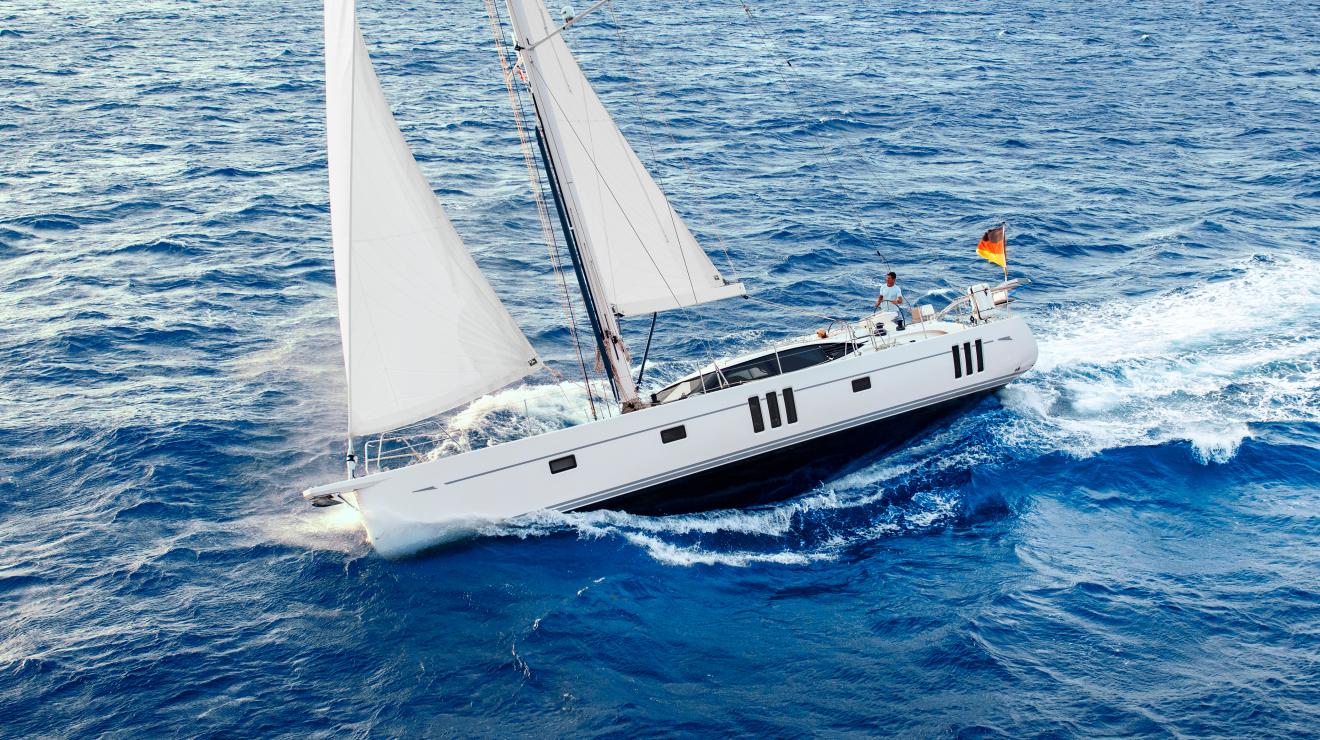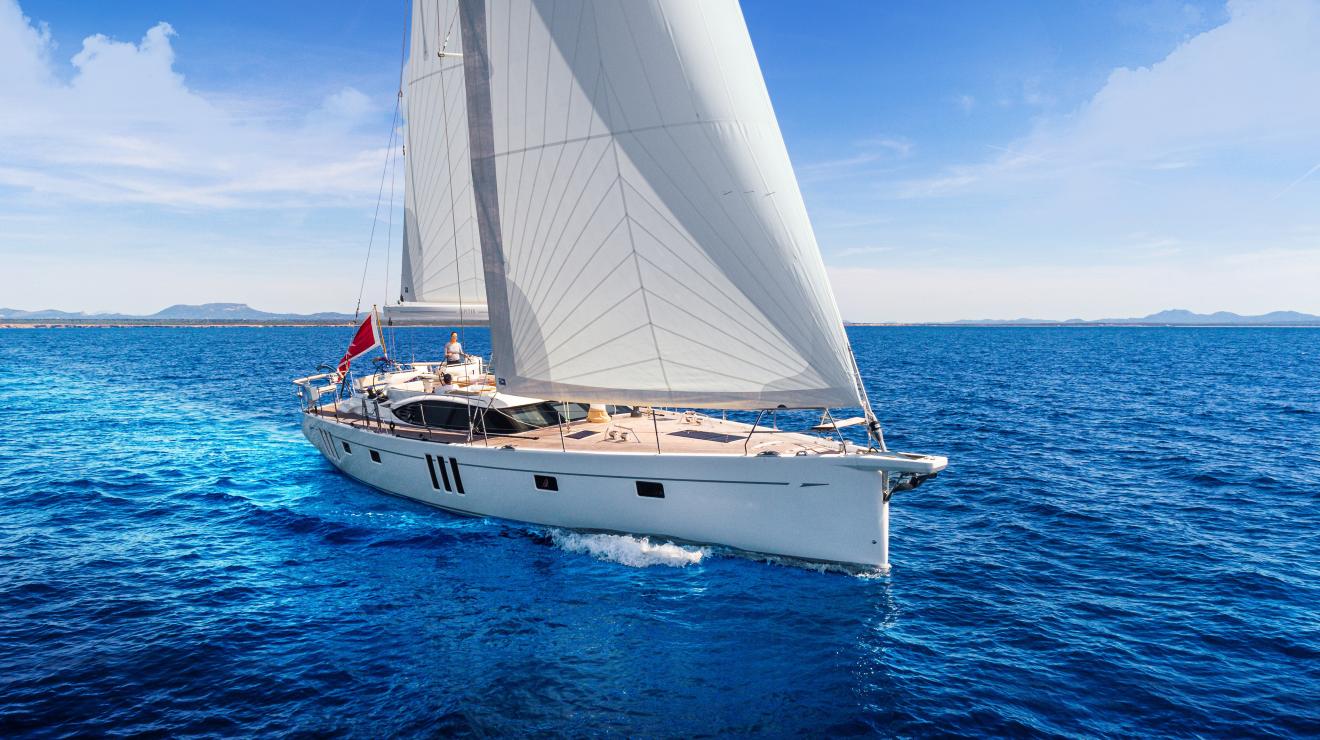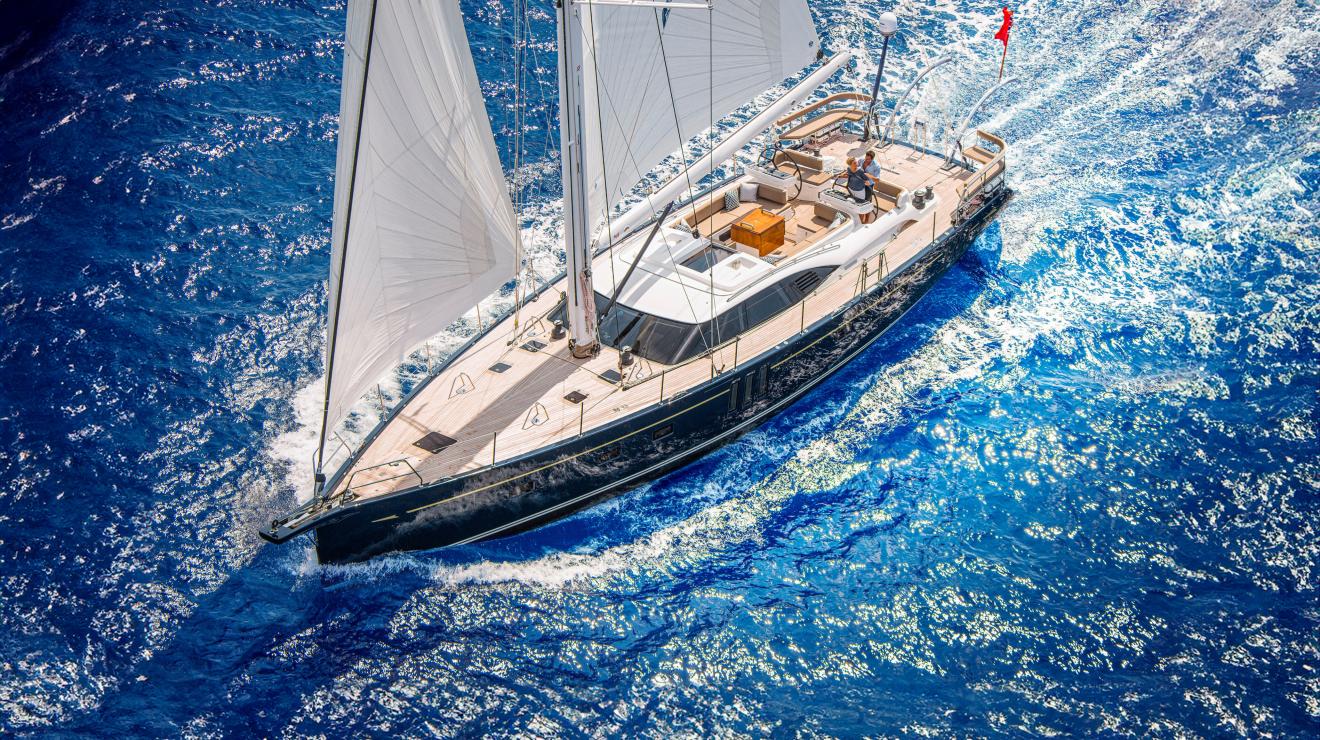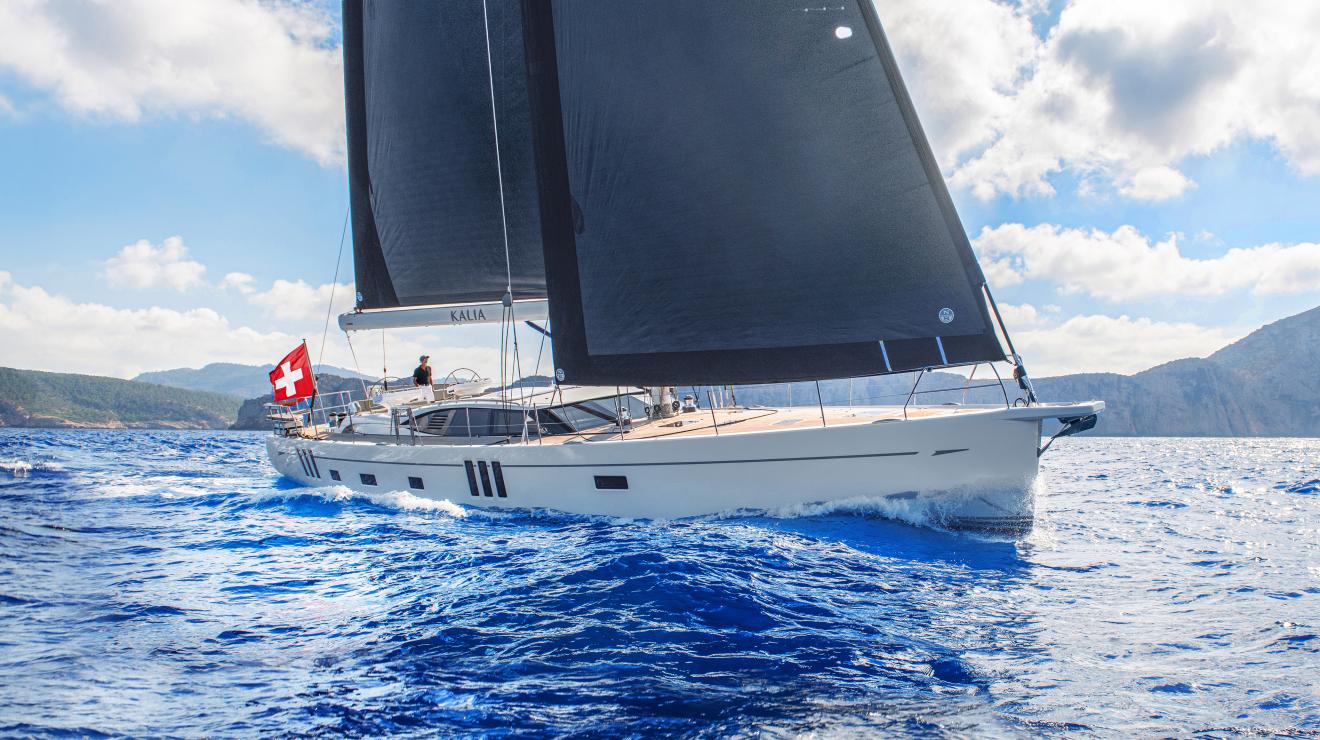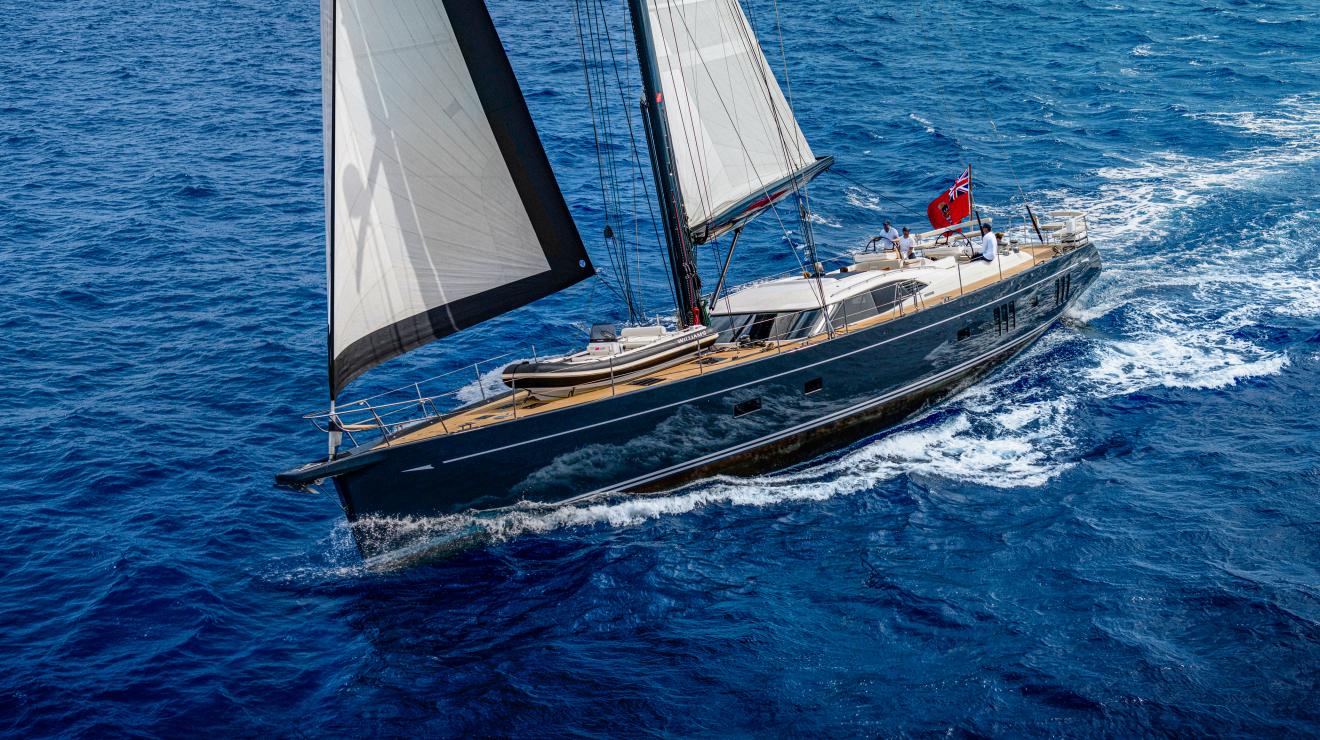One of the most popular pieces of B&G kit specified for the Oyster 495 is the Triton wind/speed/depth system, with a Triton 4.1 display mounted on the port helm pedestal. The superb, optional Zeus3S plotter is located by the chart table and on the starboard pedestal, along with the displays in the companionway. We recommend the B&G V60-B VHF marine radio, teamed with the externally mounted GPS-500 antenna and the wireless remote H600 handset, to keep in the cockpit for emergencies. The NAC 3 course computer, with precision compass, autopilot controller and rudder sensor, integrates seamlessly with the automated sailing systems. You can rest assured, no matter where your adventures take you on your new Oyster 495, B&G will always be there to keep you on course and in touch.

